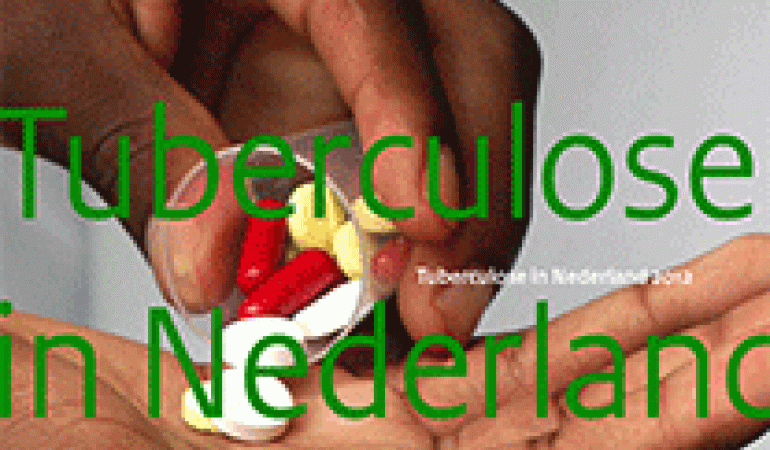
In 2012, in the Netherlands the number of TB patients remained under 1,000 (958) for the first time. This was demonstrated by the ‘Tuberculosis in the Netherlands in 2012’ surveillance report by RIVM in collaboration with the Dutch Tuberculose Foundation KNCV.
The report describes the epidemic situation concerning
tuberculosis in the Netherlands and provides a further elaboration
of the preliminary figures for 2012. Two other current themes were
also explored: ‘Trends in the diagnostic delay’ (delay in
diagnosing) and ‘Active case finding’. The data presented are
important in order to gain an improved insight into what is
happening in the fight against TB
and the measures that should follow from this.
32 percent decline over the last ten years
In 2012, 958 TB patients were reported at the Netherlands
Tuberculosis Register (NTR); this corresponds
to 5.7 cases per 100,000 residents. Over the last decade, there was
a decline of 32 percent. The preliminary figures of 2013 show that
848 TB patients were reported in that year in the Netherlands,
which demonstrates that the decline of tuberculosis in the
Netherlands continued in 2013.
Percentage is highest among first and second-generation of immigrants
In the Netherlands, tuberculosis is more common among people born abroad (first generation of immigrants) and second-generation immigrants. Almost three quarters of the number of TB patients in 2012 was born abroad (73 percent). As in preceding years, the group of Somali people is the largest of the group of first-generation immigrants with tuberculosis in the Netherlands (170). The percentage of TB patients from Somalia thus equals the percentage of native Dutch people with tuberculosis (18 percent), but in the Netherlands the number of cases per number of the population is almost 500 times higher among Somali compared to native Dutch people (1.3 and 691 per 100.000 residents, respectively).